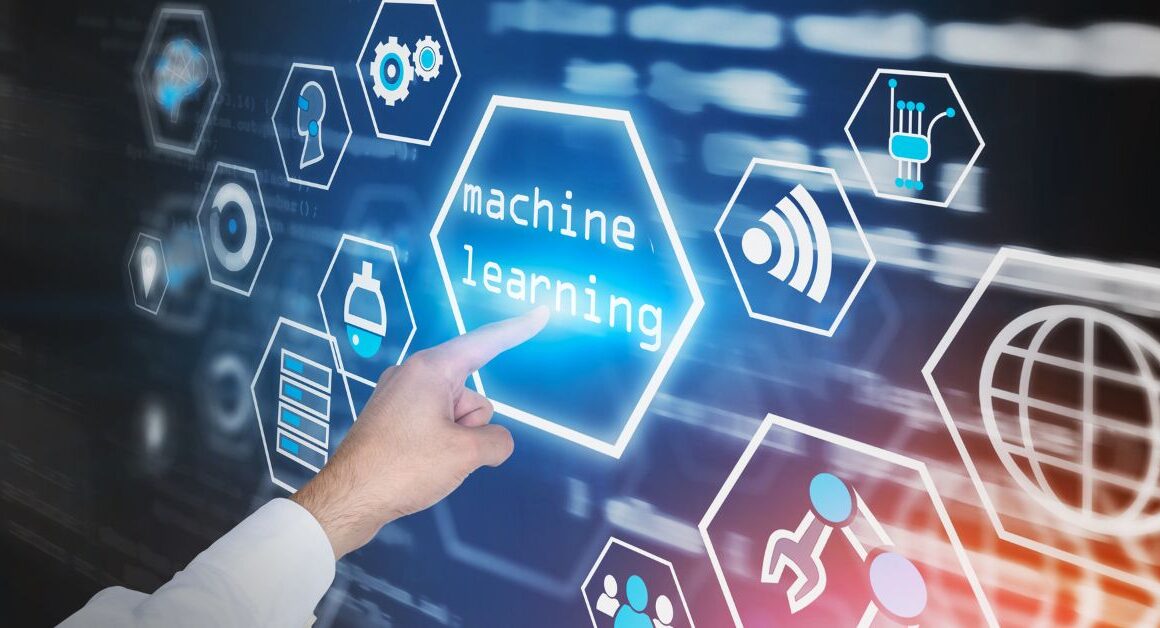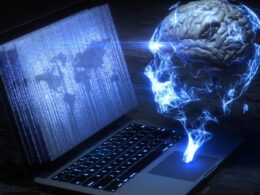Causal inference is concerned with determining cause-effect relationships between variables from data.
In contrast to standard causal inference machine learning, which focuses on predicting outcomes, causal inference aims to understand the underlying causal mechanisms that drive these outcomes. Establishing causality allows us to answer counterfactual questions like “What would happen to Y if we intervened to change X?”.
Table of Contents
Why Causal Inference Matters for Machine Learning
Most machine learning models are purely predictive – they estimate correlations and associations in data. Correlation does not imply causation. Making decisions based on these models can lead to unintended consequences.
Causal inference provides a moral framework for estimating the effects of interventions from observational and experimental data. This allows Machine Learning systems to make reliable recommendations about actions that should be taken to achieve desired outcomes.
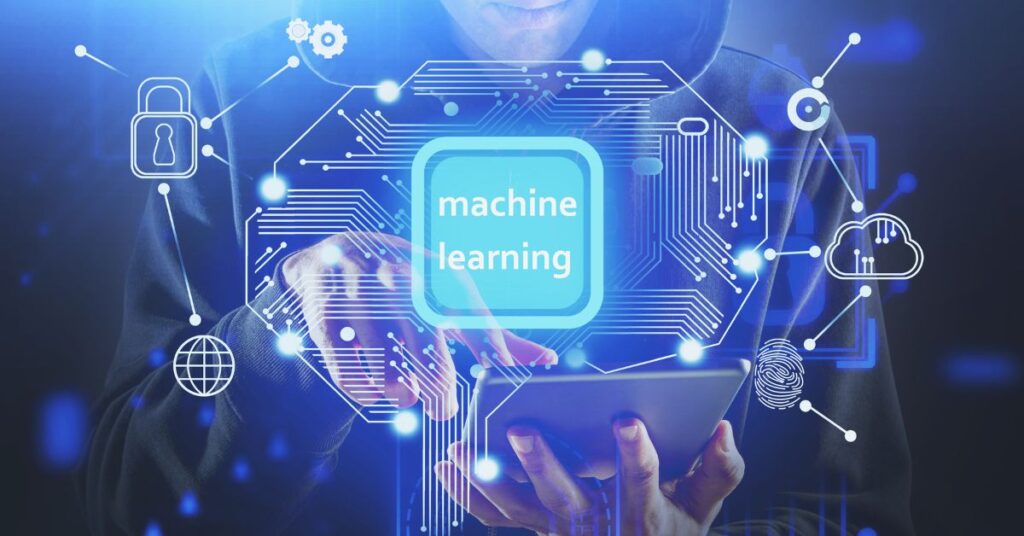
Some key benefits of causal inference for Machine Learning:
- Robustness – causal models are invariant to distributional shifts over time.
- Interpretability – causal graphs reveal the underlying data-generating process.
- Transferability – causal knowledge transfers across environments and contexts.
- Fairness – causal reasoning helps ensure fair decisions.
- Counterfactuals – causal models can estimate the outcomes of interventions.
Causal Graphs and Structural Causal Models
Causal Bayesian Networks (CBNs) are graphical models that capture causal relationships between variables:
- Nodes represent variables
- Directed edges encode direct causal effects
- Missing edges imply no direct cause-effect
Structural Causal Models (SCMs) formally specify the data-generating process based on these causal graphs.
SCMs consist of:
- Set of structural equations relating variables to their direct causes and a noise term.
- Distribution over the exogenous noise variables.
SCMs allow estimating the effects of interventions by modifying the structural equations.
Estimating Causal Effects from Observational Data
Inferring causality from purely observational data is challenging since the ground truth causal graph is unknown. But there are useful techniques:
- Conditional independence testing – learn the graphical structure by testing if variables are independent conditional on other variables.
- Adjusting for confounders – account for common causes via regression, matching, and weighting to compute interventional distributions.
- Front-door and backdoor adjustment – handle scenarios where there is unobserved confounding.
- Instrumental variables – use a proxy variable that affects the treatment but not the outcome directly.
These methods make assumptions to identify causal effects from observational data. Causal discovery algorithms can help determine which assumptions are plausible.
Causal Inference Machine Learning Discovery Algorithms
Causal discovery algorithms aim to learn the causal graphical structure from observational data:
- Constraint-based methods like the PC algorithm use conditional independence testing to learn the graph structure.
- Score-based methods assign a score to each graph and search for the highest-scoring graph.
- Hybrid methods combine constraints and score-based search.
- Neural Causal Inference models parameterize SCMs with neural networks and learn the graph structure through gradient descent.
Causal discovery leads to improved estimation of causal effects by uncovering confounders. However, learned graphs should be examined for plausibility.
Evaluating Causal Models
Once a causal model is learned, it must be evaluated to ensure it reliably captures the true data-generating process:
- The goodness of fit – assess model fit on observational data via likelihood, pseudo R-squared, etc.
- Falsification tests – check model predictions match reality under measured interventions.
- Holdout validation – test model predictions on new environments.
- Causal validation – experimentally evaluate effects of interventions.
- Invariance testing – check causal relations remain stable under distribution shift.
Careful evaluation provides evidence that the model generalizes robustly. But models should be continually monitored and updated as new evidence arises.
Causal Representation Learning
Representation learning extracts useful features from raw data. Causal representation learning incorporates causal reasoning:
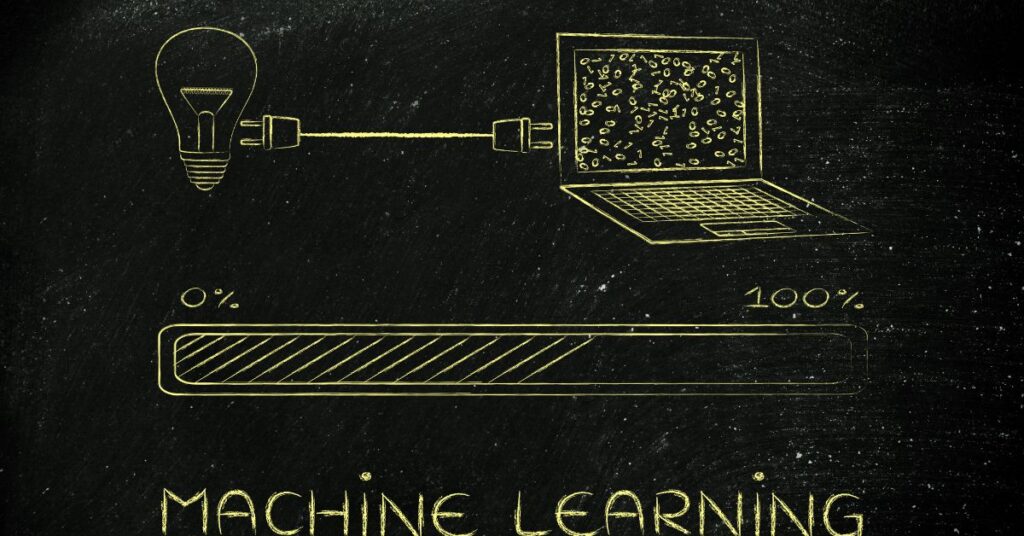
- Disentangled causal factors – isolate independent causal variables into separate latent dimensions.
- Invariant representations – encourage stability of representations under distribution shift.
- Causal autoencoders – autoencoders that separate causal factors of variation.
- Causal self-supervision – pretraining objectives based on interventions on data.
Causal representations enable more robust generalization and transfer learning for downstream tasks.
Causal Reinforcement Learning
Standard Reinforcement Learning optimizes rewards without considering causality, leading to exploitability. Causal Reinforcement Learning incorporates causal reasoning:
- Causal influence diagrams – extend MDPs with causal graphs to model the effects of interventions.
- Counterfactual thinking – estimate outcomes of alternative actions to enable more robust optimization.
- Long-horizon reasoning – plan sequences of actions to uncover multi-step causal chains.
Causal Reinforcement Learning agents act more safely and avoid unintended side effects.
Applications of Causal Machine Learning
Some areas where causal Machine Learning is being applied:
- Personalized medicine – estimate individual treatment effects.
- Public policy – understand the impact of laws and regulations.
- Advertising – set optimal spending based on causal returns.
- Recommendation systems – suggest items that will causally improve engagement.
- Conversational AI-model dialogue as a sequential intervention process.
Causal inference expands the capabilities of Machine Learning systems to reason counterfactually and make reliable decisions.
Challenges and Limitations
While an exciting development, causal Machine Learning faces some challenges:
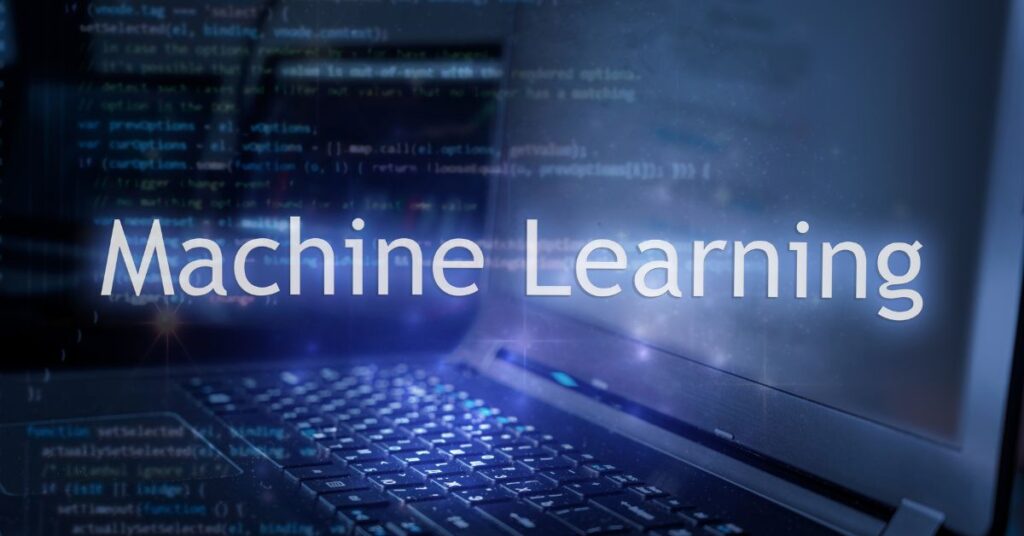
- Unmeasured confounding – limits causal identification from purely observational data.
- No silver bullet – multiple methods are needed based on context.
- Assumptions required – causal conclusions rely on untestable assumptions.
- Computational complexity – many causal algorithms don’t scale to large datasets.
- Experimental validation – the gold standard for verifying causal models.
Progress requires integrating causal Machine Learning with randomized controlled experiments and domain expertise.
The Future of Causal Machine Learning
Despite current limitations, causal inference and Machine Learning are natural complements. Integrating the two has profound implications:
- Machine Learning systems that more reliably extend to new contexts and tasks.
- Interpretable models that reveal underlying data-generating processes.
- Agent-based systems that can reason about interventions and counterfactuals.
- Automated scientific discovery of causal mechanisms from observational data.
Advances in causal representation learning and scalable causal discovery will enable more robust and generalizable Machine Learning. There are still foundational research challenges, but causal Machine Learning promises to take machine learning from mere prediction to a deeper understanding of the world.
Conclusion
Causal inference provides a framework for estimating the effects of interventions from data. Combining causal graphical models and machine learning enables more reliable and generalizable AI systems.
Causal Machine Learning has made significant strides, but foundational research is still required to integrate causal methods with domain expertise and experimentation.
If these challenges can be overcome, causal Machine Learning may lead to artificial intelligence that truly understands cause-and-effect relationships in the world.
FAQs
What is the key difference between standard ML and causal ML?
The key difference is that standard ML focuses on predictive accuracy whereas causal ML aims to model the underlying data-generating process to estimate the effects of interventions. Causal ML supports counterfactual reasoning.
What are some limitations of causal discovery algorithms?
Key limitations are reliance on assumptions that cannot be tested from purely observational data, computational scalability challenges, and sensitivity to unmeasured confounding. Causal discovery should be paired with experimental validation.
How can causal ML lead to more fair AI systems?
By modeling causal pathways, causal ML can help ensure ML systems do not propagate historical biases. Causal reasoning also helps quantify the impact of interventions to improve algorithmic fairness.
Can causal ML fully automate scientific discovery?
Causal ML can help uncover causal hypotheses from observational data, but experimentally testing causal conclusions will require integrating it with randomized controlled trials and scientific expertise. Fully automating discovery remains challenging.
Does causal ML work for complex real-world datasets?
Causal ML has shown promise in some domains like healthcare and economics, but scaling causal discovery algorithms to very high-dimensional, sparse, complex datasets remains an open research challenge.





